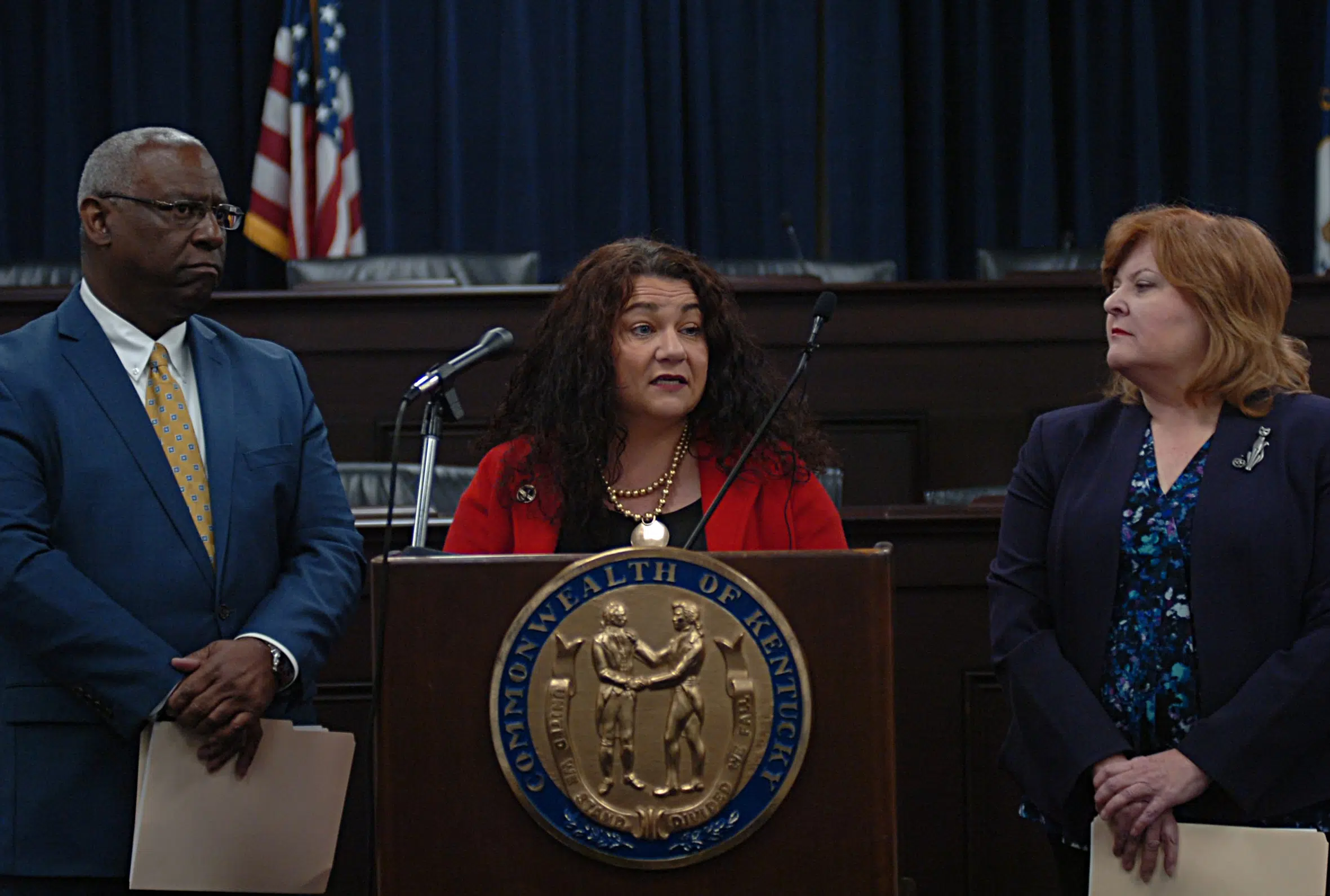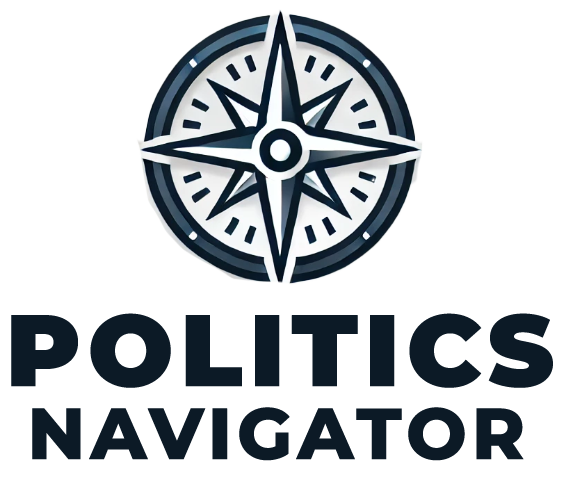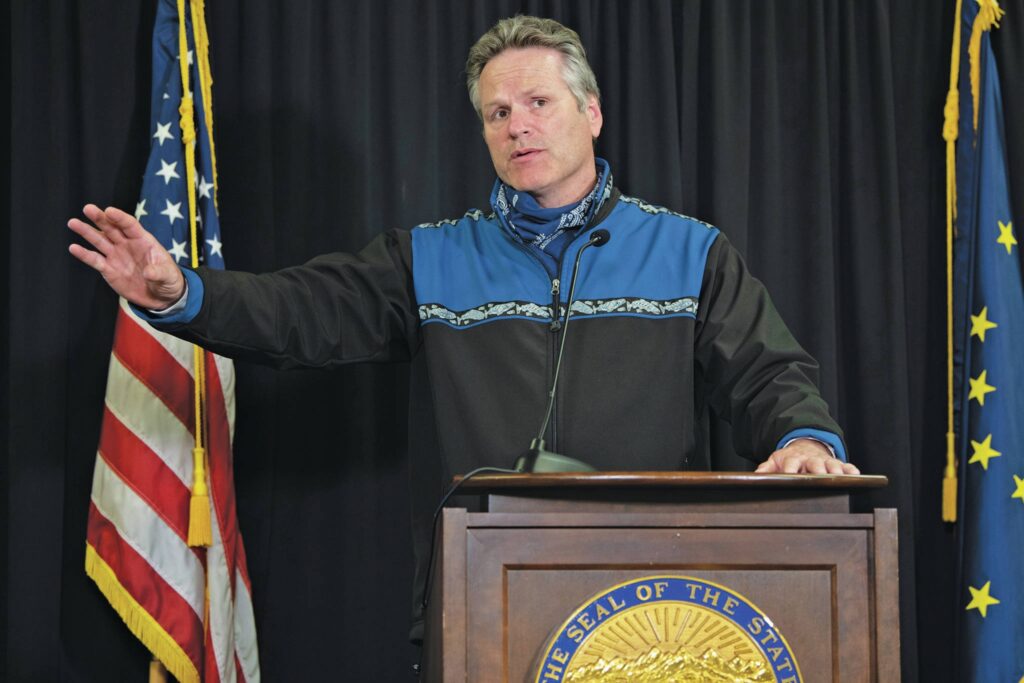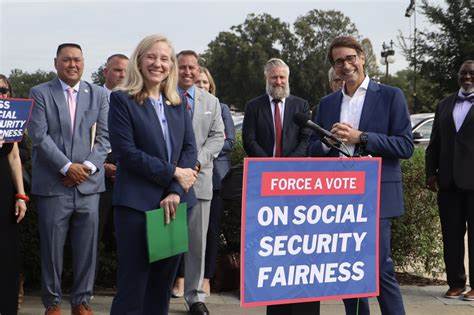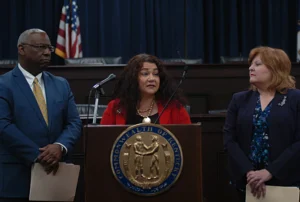Governor Mike Dunleavy of Alaska recently made a bold statement advocating for the dismantling of the U.S. Department of Education (ED). His remarks come on the heels of a dispute between Alaska and the federal government regarding the allocation of COVID-era school funding. The disagreement ended with Alaska’s funding formula vindicated and the federal government admitting its allegations were unfounded.
Dunleavy’s stance underscores a broader sentiment among some state leaders who argue that federal oversight in education often leads to unnecessary bureaucracy and inefficiencies. This blog explores the controversy, the governor’s position, and the implications of eliminating the U.S. Department of Education.
Background: The COVID-Era School Funding Dispute
The disagreement centered on the Maintenance of Equity provision, introduced in the Biden administration’s American Rescue Plan Act. This provision was designed to ensure low-income school districts weren’t disproportionately affected if states reduced education funding.
The Allegations
The U.S. Department of Education alleged that Alaska:
- Provided insufficient funding to certain urban districts.
- Allocated disproportionately higher funding to rural areas.
However, Alaska’s hold harmless provision, part of its bipartisan funding formula, adjusts funding levels gradually for districts experiencing enrollment declines. This mechanism prevents sudden drops in funding and allows districts time to plan for changes.
The formula had already been approved by the federal government, making the allegations puzzling. Furthermore, Alaska had not reduced its overall education funding. Variations in district allocations were directly tied to enrollment shifts, not inequity.
Governor Dunleavy’s Statement
Governor Dunleavy strongly defended Alaska’s position, criticizing the federal government’s handling of the issue:
“From the very beginning, it was clear that the U.S. Department of Education’s allegations were meritless… This saga is a wonderful case study of the U.S. Department of Education’s abuse of power and serves as further evidence for why I support the concept of eliminating it.”
By standing firm, Alaska successfully upheld its funding formula, with the federal government ultimately withdrawing its demands.
Commissioner Deena Bishop’s Perspective
Deena Bishop, Alaska’s Commissioner of Education, echoed Dunleavy’s sentiments, celebrating the resolution:
“After standing firm behind our Legislature’s bipartisan funding formula… the federal government has finally conceded… We are putting the children of Alaska first.”
Bishop highlighted Alaska’s nationally recognized equitable funding approach and reiterated the importance of maintaining local control over education decisions.
Why Governor Dunleavy Supports Eliminating the U.S. Department of Education
Governor Dunleavy’s experience with this dispute exemplifies his broader critique of federal education oversight:
1. Bureaucratic Overreach
Dunleavy described the federal government’s intervention as an example of unnecessary interference that wasted time and resources. He argued that decisions affecting Alaska’s schools should be made locally, not by “unelected bureaucrats” in Washington.
2. Mismanagement of Funds
The governor criticized the Department of Education for skimming tax dollars that could be better utilized by states. According to Dunleavy, dismantling the department would ensure more funding goes directly to schools.
3. Upholding State Sovereignty
Dunleavy framed his resistance as a defense of Alaska’s constitutional authority:
“I swore to uphold the Constitution of Alaska… I will continue to enforce the statutes of the great State of Alaska, regardless of what unelected bureaucrats demand.”
The Hold Harmless Provision: A Model for Equity
Alaska’s hold harmless provision is a unique approach that ensures stability for school districts experiencing enrollment changes:
- Gradual Adjustments: Funding reductions occur over time, allowing districts to plan effectively.
- Equity for Rural Areas: The formula prevents sudden, drastic cuts that could disproportionately affect rural districts with declining populations.
This approach has been praised for balancing fiscal responsibility with the needs of diverse communities.
Implications of Eliminating the U.S. Department of Education
While dismantling the U.S. Department of Education is a contentious idea, proponents like Dunleavy argue that it could lead to:
1. Increased Local Control
States would gain full authority over their education systems, tailoring policies to meet local needs without federal mandates.
2. Reduced Bureaucracy
Eliminating a centralized agency could streamline education funding and decision-making processes.
3. Direct Funding for Schools
Tax dollars currently allocated to federal administrative costs could be redirected to classrooms and programs.
However, critics warn that removing federal oversight could:
- Weaken civil rights protections for vulnerable students.
- Reduce accountability for how states allocate education funds.
- Widen disparities between states with varying resources and priorities.
The resolution of Alaska’s dispute with the U.S. Department of Education has reinvigorated debates about the federal government’s role in education. Governor Dunleavy’s call to eliminate the department reflects a growing push for decentralization and greater state autonomy.
Alaska’s success in defending its equitable funding formula underscores the importance of empowering states to make decisions that align with their unique needs. However, the broader implications of dismantling the Department of Education remain a subject of intense debate.
As discussions continue, one thing is clear: the future of education in America must balance local control with accountability, ensuring that all students receive the quality education they deserve.
